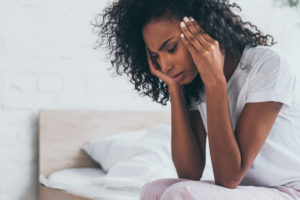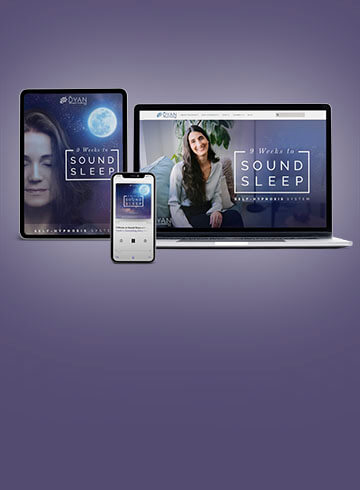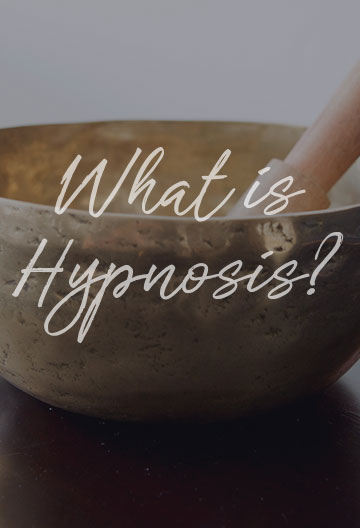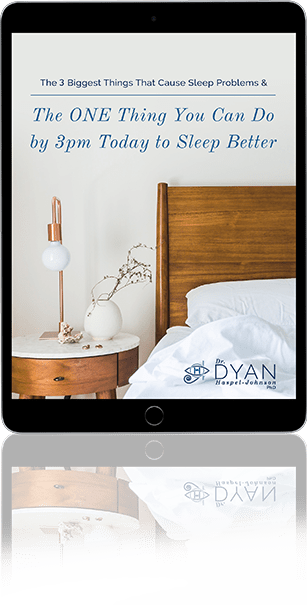How ironic to feel exhausted every day and then to have trouble sleeping every night.
For the first couple of decades of my life, my mind and body cycled in a continuous loop with my thoughts striving to outrun my body. Meanwhile, my body kept shouting louder and louder, “Stop! Wait for me! When is it my turn?! I want to sleep!”
The more physical symptoms I had — pain, sinus infections, fatigue, upset stomach, allergies, and hours of insomnia and trouble sleeping— the more I tried to think my way into a solution. And I worked harder, tried to control more factors, saw more doctors, managed my anxiety and stress.
Does this sound familiar?

I think that so often, we are driven to accomplish, to be “successful,” and even to have insight or take on self-care as a task.
I looked for answers from doctors, from research, from yoga, from spiritual texts. I needed help with sleep and I needed help with life! Finally I realized that our minds can’t solve all of our problems and that “doing” could not “fix” me.
The body wants to survive. It will not lie nor will it lead us astray.
I realized the time had come to listen to my symptoms (I mean, Really listen!):
Step 1: Connect mind, body and spirit.
All my efforts to stop the chatter in my head only tired me even more. I started doing self-hypnosis every day and found that it worked better for me than other types of meditation. Self-hypnosis for sleep and health occupied my mind on one track and allowed another part of my brain and body to calm and rest. My trouble sleeping stopped and I started sleeping better almost immediately.
Step 2: Take time to connect to yourself.
I consciously prioritized daily time to practice my self-hypnosis and to listen to what my body and my intuition told me during those relaxing breaks from the day. This might have been something like, “I am tired and don’t really feel like going out tonight.” Or maybe I felt inspired to complete something I had been challenged by previously.
Step 3: Think of symptoms as metaphors.
Rather than imposing my thoughts and words on my body and feeling like my health failed me when I couldn’t control it, instead I began to learn the language of my natural system. In other words, when I had neck pain, I asked myself, “Who or what is a pain in my neck?” When I had a headache, the question became, “What thoughts or ideas pressure me right now and cause me discomfort?”
And then, of course, I got back to that original question: “What exhausts me, what prevents me from getting the rest I need, and what can change in my ‘system’ to allow me to sleep better?”
As I began to revolutionize my mindset, I noticed I felt happier and more relaxed. I became calmer and less anxious. My symptoms dissipated as my sleep and health improved. Interestingly, this took very little time during the day and I started getting more done and feeling more present.
I found that, after shifting to harmonize mind, body, and spirit, my energy strengthened and my sleep deepened. My relationships also transformed. People who truly supported me felt closer, even more available and encouraging, while individuals who drained me became less and less involved in my daily life.
I have come to understand that our bodies knows what we truly want — not the want of our heads or the want of some narrative. The body wants nothing less than cohesiveness between soul and personality. Because it does not have words, it speaks to us in symptoms when it needs to get our attention. Smart! Now we just have to listen and decode its language.
Dr. Dyan is a contributor to thriveglobal.com. This story also appears on that site.









4 comments to " Trouble Sleeping? Headache? What Your Body’s Really Saying "